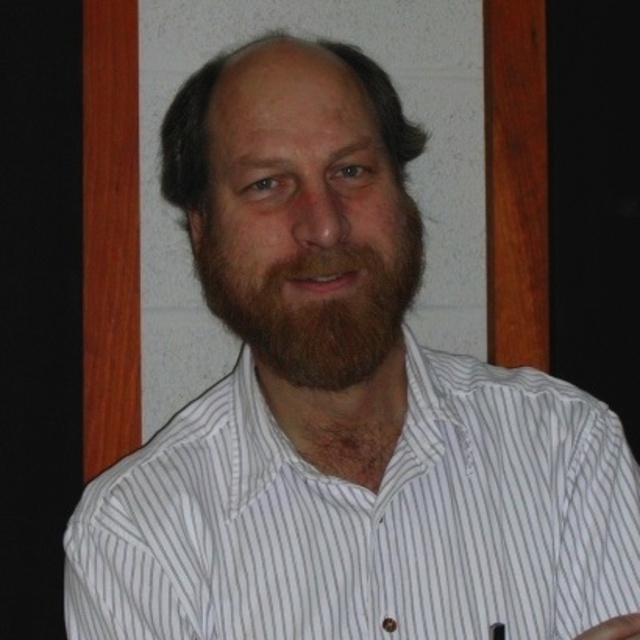July
1994
•
1994AJ....108..102G
Authors
•
Grillmair, Carl J.
•
Faber, S. M.
•
Lauer, Tod R.
•
Baum, William A.
•
Lynds, Roger C.
•
O'Neil, Earl J., Jr.
•
Shaya, Edward J.
Abstract
•
We present high-resolution, V band images of the central regions of the brightest cluster ellipticals NGC 3311 and NGC 7768 taken with the Planetary Camera of the Hubble Space Telescope. The nuclei of both galaxies are found to be obscured by dust, though the morphology of the dust is quite different in the two cases. The dust cloud which obscures the central 3 arcsec of NGC 3311 is complex and irregular, while the central region of NGC 7768 contains a disk of material similar in appearance and scale to that recently observed in HST images of NGC 4261. The bright, relatively blue source detected in ground-based studies of NGC 3311 is marginally resolved and is likely to be a site of ongoing star formation. We examine the distribution of globular clusters in the central regions of NGC 3311. The gradient in the surface density profile of the cluster system is significantly shallower than that found by previous investigators at larger radii. We find a core radius for the cluster distribution of 12+/-3 kpc, which is even larger than the core radius of the globular cluster system surrounding M87. It is also an order of magnitude larger than the upper limit on the core radius of NGC 3311's stellar light and suggests that the central field-star population and the globular cluster system are dynamically distinct. We briefly discuss possible sources for the cold/warm interstellar material in early-type galaxies. While the issue has not been resolved, models which involve galactic wind failure appear to be most naturally consistent with the observations.
Links




